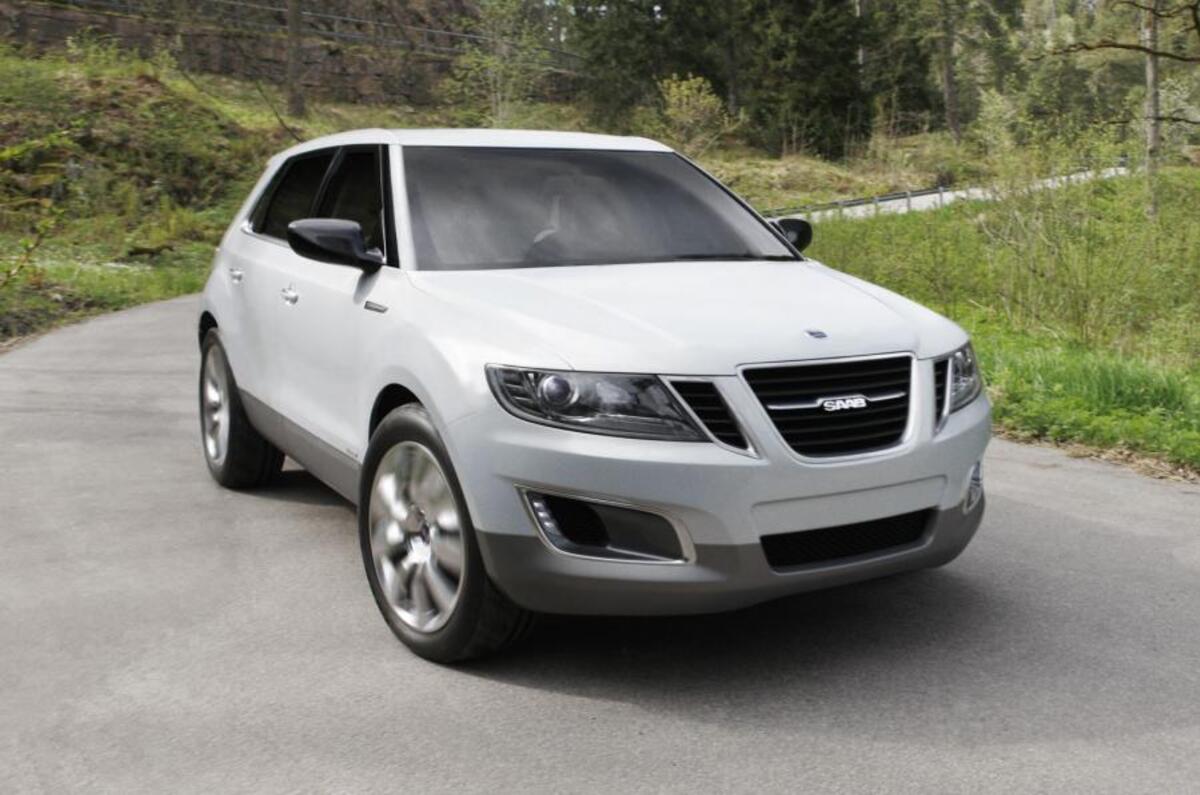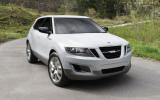It is the best of times and the worst of times for struggling Swedish automaker Saab. Ongoing financial problems have led to a supplier boycott of Saab’s headquarters plant in Trollhattan – a major disappointment considering the maker is in the midst of launching the broadest product offensive in its six-decade history.
For the moment, at least, production of the 9-5 saloon and estate, as well as the older 9-3, are on hold.
But production continues at General Motors’ plant in Mexico where one of Saab’s key new offerings, the 9-4X, is assembled.
The last major project developed under GM’s ownership, Saab’s first proper crossover vehicle replaces the unlamented 9-7X SUV, which was itself a weak clone of a large Chevrolet 4x4. True, the 9-4X also shares its basic underpinnings, but in this case with the latest-generation Cadillac SRX, not a bad starting point.
An attractive basic exterior design features Saab’s familar rounded front-end and angular grille, as well as a sloping, swept-back roofline that mirrors that of the maker’s 9-5. The interior is equally true to Saab’s roots, down to the green-on-black gauges in the five-passenger interior.
There’s even a starter button located where you’d expect it in a Saab, between the front seats. The two front buckets, incidentally, are technically shared with the Caddy crossover, but you’d have to rip them apart to discern it. The shared frame is fitted with unique foam and bolsters, and Saab’s trademark active headrests.










